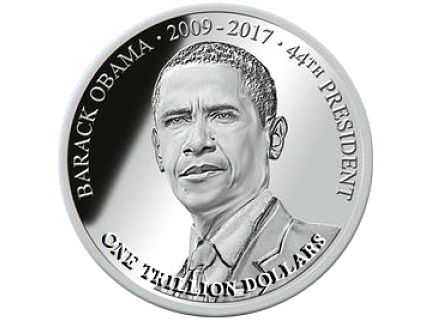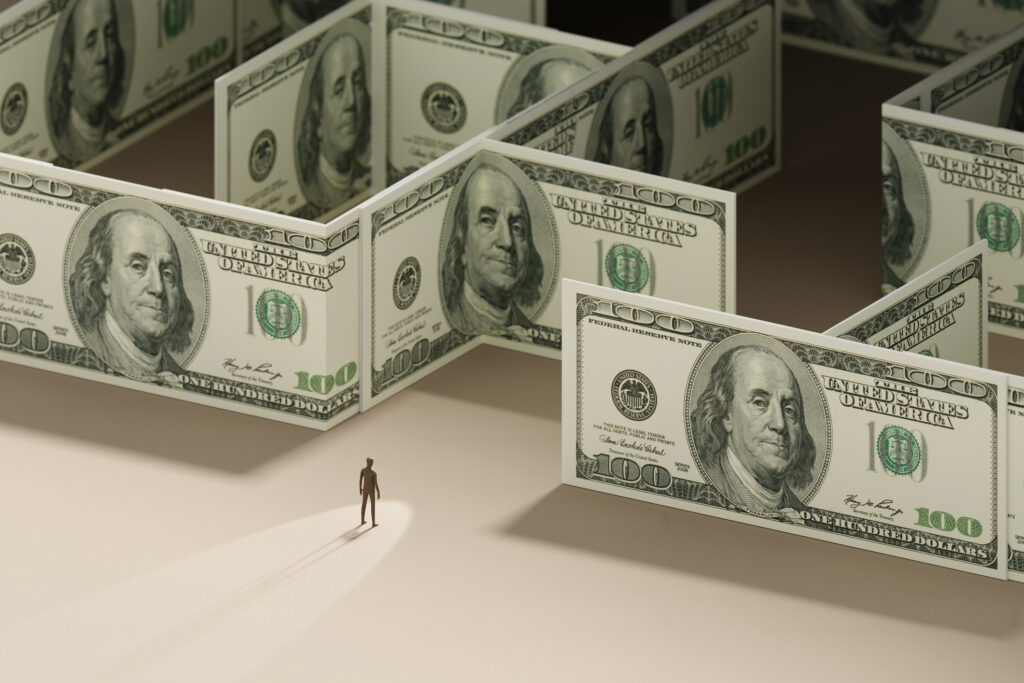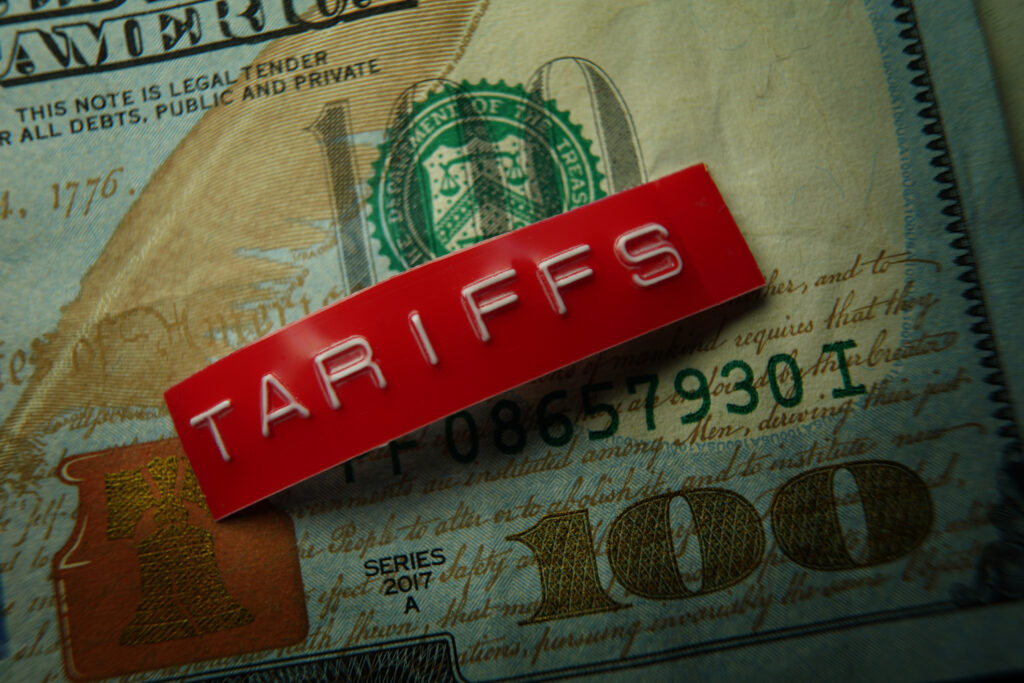Is there really much difference between the Treasury Department creating trillion-dollar platinum coins and the Federal Reserve creating trillions of dollars from nothing?
I don’t think so. Why, then, did the slick trick of minting trillion-dollar coins to skirt the national debt ceiling generate a loud enough chorus of hoots and hollers to kill the idea? Because the absurdity and fraudulence were apparent even to people with no economic training.
Jon Stewart skewered the idea on his Daily Show, in the process demonstrating a better understanding of what was behind it than trillion-dollar coin supporter, economist, and New York Times columnist Paul Krugman.
If only Stewart would use his gifts to likewise skewer the Fed’s creation of money from nothing! At least platinum coins stamped with a denomination of $1 trillion would have some value—the value of the platinum. Money created by tapping a digit on a computer keyboard and following that digit by repeatedly tapping the “0” key has no actual value. If anything, it’s more absurd and fraudulent than minting trillion-dollar coins.
The absurdity and fraudulence of the Fed’s money-creation policies are less apparent because the Fed does it in relative dribs and drabs, tens of billions of dollars a month, instead of trillions of dollars at one instant.
Since President Richard Nixon in 1971 unilaterally ended the Bretton Woods Agreement that the United States and other nations signed near the end of the Second World War, the dollar has lost 85 percent of its value. A $100 bill today has less purchasing power than a $20 bill had in 1971.
The dollar under Bretton Woods was convertible to gold, and other currencies were tied to the dollar, thus maintaining international currency exchange rates. When some governments started losing confidence in the dollar because of U.S. government spending on the Vietnam War and the Great Society programs launched under President Lyndon Johnson, they started turning in their dollars for gold.
Nixon infamously, and with no warning, “closed the gold window” on August 15, 1971, destroying the Bretton Woods system and making the dollar purely “fiat.” A fiat currency is issued by fiat, or order of government, and is convertible to nothing. It is money solely because the government declares it’s money. As the supply of money backed by nothing goes up, the value of that money goes down.
There was a time in this country when people carried gold and silver coins, and when a person could receive gold in exchange for paper dollars. “As good as gold” was a saying; “as good as paper” never was. Today no person, no government, can turn in a dollar and receive gold—or anything else from the government.
When the dollar was tied to gold, government could not borrow and spend willy-nilly. Now with a Federal Reserve able to buy whatever debt the government wants to sell, the sky is the limit—or would be if there were no debt ceiling.
A debt ceiling that could be raised only by Congress was created to mollify opponents of the creation of the Federal Reserve in 1913 who feared a central bank would lead to government borrowing binges. Now none other than Fed Chairman Ben Bernanke has expressed support for abolishing the debt ceiling, making the worst fears of Federal Reserve opponents come true.
The Federal Reserve’s balance sheet before the economic downturn was about $900 billion. Since then it has more than tripled to $2.8 trillion.
The Fed expands its balance sheet by buying government bonds from banks, as well as mortgage-backed securities and other assets. In exchange, the Fed credits the sellers with funds it creates on a computer keyboard. So the Fed in the last few years has created $2 trillion from nothing and handed it to the nation’s financial institutions.
Whether minting two $1 trillion coins or “printing” $2 trillion on computers, the fraud is essentially the same.





